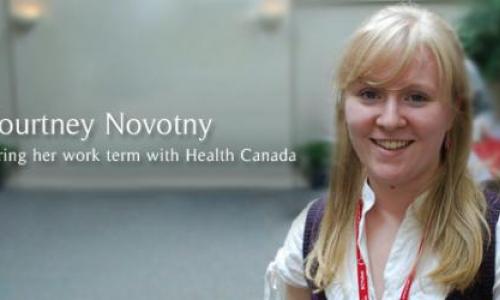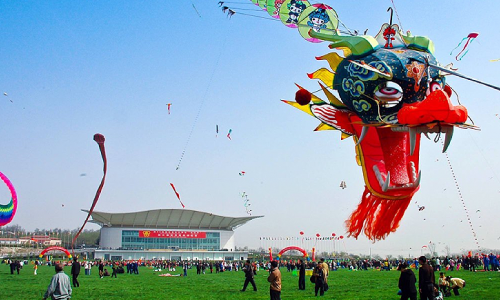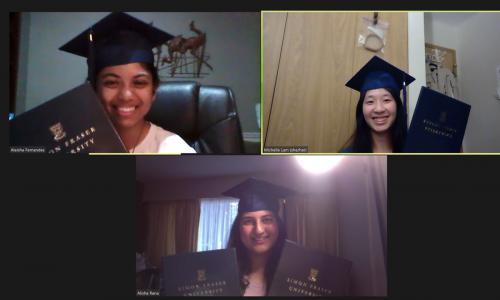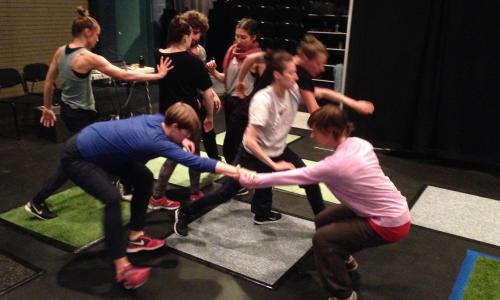
In February, I was offered a position as a UX Design Intern at IBM — a technology corporation that develops software to help businesses run day-to-day. Due to COVID-19, this internship was converted to an entirely remote experience — a first for IBM. My excitement towards moving to Toronto and being able to finally experience working in a design studio became fraught with uncertainty.
Despite not exactly fitting my expectations of what I thought my internship would look like, my time at IBM has been incredibly rewarding. The following are ways I’ve made the most of my remote internship so far.
My manager has said many times during our chats that, “You don’t know what you don’t know”. Determining what I needed to know made me feel very overwhelmed at first. Re-framing this challenge more towards “What do I want to know to improve my own design process?” helped me focus in on this key learning goal.
Asking about others’ approach, rather than expecting strict instructions, has helped me learn about how different people’s design processes and has reinforced that there isn’t a ‘right’ approach. Our visual design lead, for example, has established some of her own guidelines for approaching interface design with IBM’s Carbon Design System — which are the graphical guidelines to keep all IBM products visually consistent. Her process is to understand the core function of the screens initially, break them down to its components, and see if Carbon already supported them. If not, there was an opportunity to create new interface patterns to add to the workflow.
Approaching interfaces this way has been more efficient and encourages me to focus on the main goal of what I’m developing before any proposing improvements. When I can’t adopt this approach — like when designing from scratch — having this way of thinking in my toolbox has been beneficial when feeling stuck, or if I need to see what others are doing in similar product interfaces.
Knowing what your audience sees as valuable has been really important when trying to clearly communicate any questions or concerns. Before IBM, I had never experienced working with developers, and I’ve very quickly realized that they speak very differently about products compared to design and sales. It has been challenging in terms of communication, as I’ve realized that my approach when going through product walkthroughs with sales and design is a lot more user-focused, while development is more concerned with the technical side of things — something I’m a little less familiar with.
Instead of feeling discouraged, I asked my team for guidance for how to approach this issue, which has given me more opportunities to get to know how development thinks. What they suggested was to be as clear as possible about the intent of the design, and to ask questions about what might be more feasible on their end. The benefit in understanding what’s achievable from development’s side is that it can inform any further design work. Even if certain functionality can’t be implemented immediately, it can always be considered in future iterations and expanded on at a later date. Setting time aside with my director and teammates to offer feedback to make sure my questions are clearly understood and to ensure I’m getting all the details I’m looking for has made me feel more at ease and prepared for future interactions.
One thing I was upset about going into this remote experience was being unable to meet my Toronto-based team in person, which makes it harder to get to know everyone. To push past my disappointment, I jumped into the extracurricular events IBM has to offer to not only challenge my design and communication skills but to also connect with others.
Over the past few months, I’ve been mentoring a team of developers in how to implement design thinking for a 3-month long tech challenge, in which they are trying to improve an internal quality assessment tool used at IBM. Guiding them through their user research and problem solving has solidified my own understanding of IBM’s Enterprise Design Thinking, which is our framework for defining guiding principles for a project, keeping teams aligned to that overall goal, and testing solutions with the people we are trying to help. It has also allowed me to shift their thinking when encountering real world problems — like lacking access to code, and figuring out how to prototype a solution in spite of it.
I also teamed up with my other IBM Sterling interns to tackle the intern hackathon, where we designed a solution using IBM’s Watson AI — our artificial intelligence that uses natural language processing to answer any questions it’s asked — over 2 days. Creating a recruitment application to reduce racial bias awarded us 3rd place in North America, which felt extremely rewarding! But what was the most enjoyable about this project, aside from socializing, was pursuing a topic that I felt very passionately about with the support from IBM. It’s been encouraging to see how hard everyone worked to execute within a short time frame, and to see our idea gaining more interest from across the company.
As a whole, the main takeaway from these team challenges is that they offer you room to learn from unexpected circumstances, and also explore your interests in the process.
Despite the initial setbacks coming into IBM remotely, the first 4 months as a UX designer have been nothing but worthwhile. I’ve found a lot of value in experiencing UX design from the perspective of a fast-paced corporate setting and learning from my peers, and I’m eager to gain more experience in the field as I continue through the rest of my internship.
Beyond the Blog
-
To learn more about SFU's SIAT Co-op program, visit their homepage!














